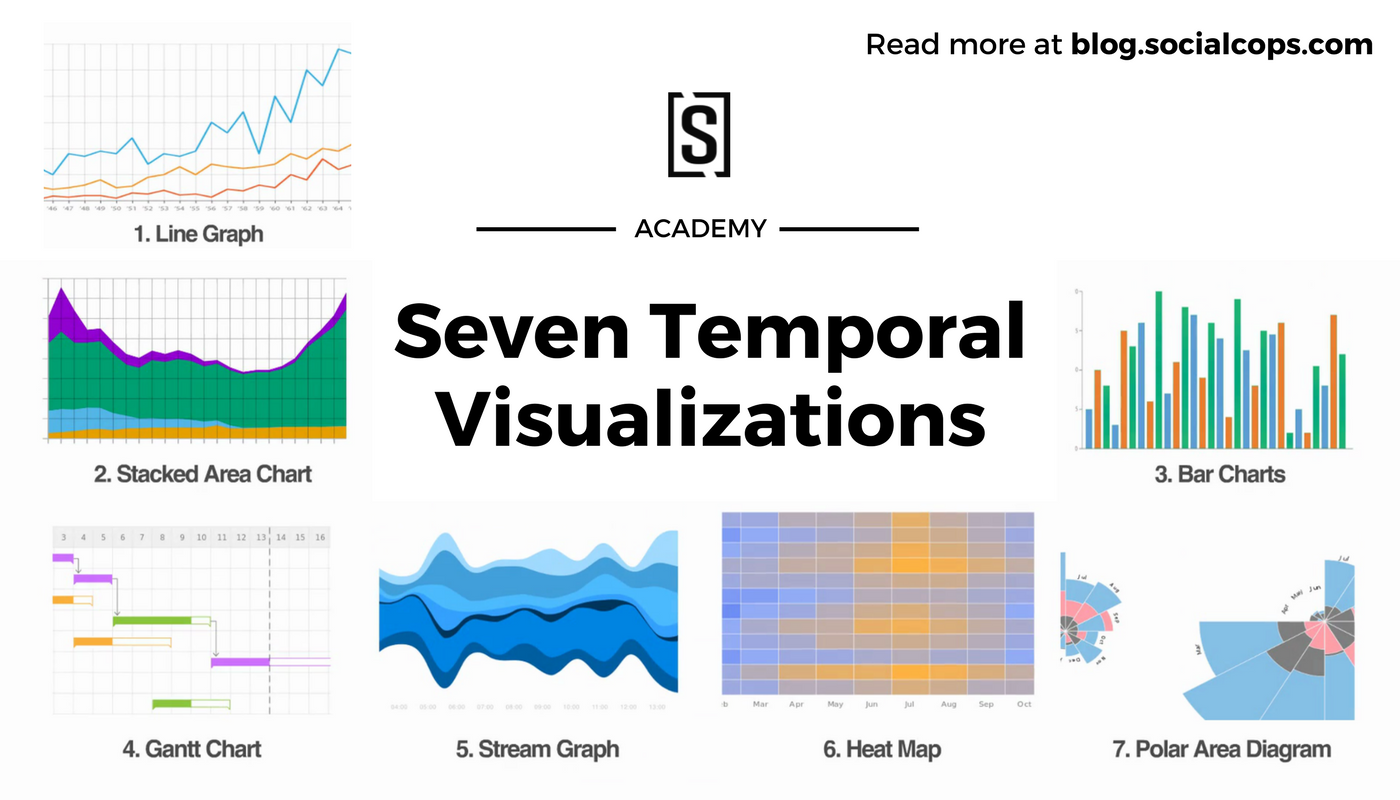
The novel application of time-resolved fluorescence techniques to organic petrology is a significant extension of fluorescence spectral analysis of the composition and degree of coalification of microscopic organic material.
#Schematic unstable temporal time shifter rank3 drop chance free
This thesis discusses various photophysical and super-resolution microscopic studies of organic and inorganic materials, which have been outlined = show no obvious correlation with the calculated free energies for photoinduced electron transfer, suggesting that this quenching pathway is also unimportant (6) for hematoporphyrin-nitroxide adducts, which contain a fluorophore whose singlet energy is below that of the first excited state energy of the nitroxide (thus precluding energy transfer), significant rates of quenching are still observed. Thus, time-resolved fluorescence spectroscopy combined with microscopy can be used to quantify these processes and to obtain a deeper understanding of the chemical surroundings of the fluorophore in a small area under investigation.

Moreover, time-resolved microscopy methods, such as lifetimeimaging, combine the benefits of the microscopic measurement and information-rich, timeresolved data. Many photophysical processes, such as photoinduced electron transfer (PET), rotational reorientation, solvent relaxation, and energy transfer, occur on a nanosecond (10 -9 s) timescale, thus affecting the lifetime of the fluorophores. Although steady-state fluorescence measurements are widely used for analytical applications, time-resolved fluorescence measurements provide more detailed information about excited-state properties and the environment in the vicinity of the fluorophore.

Photophysics of inorganic materials and organic molecules in complex systems have been extensively studied with absorption and emission spectroscopy.1-4 Steady-state and time-resolved fluorescence studies are commonly carried out to characterize excited-state properties of fluorophores.


 0 kommentar(er)
0 kommentar(er)
